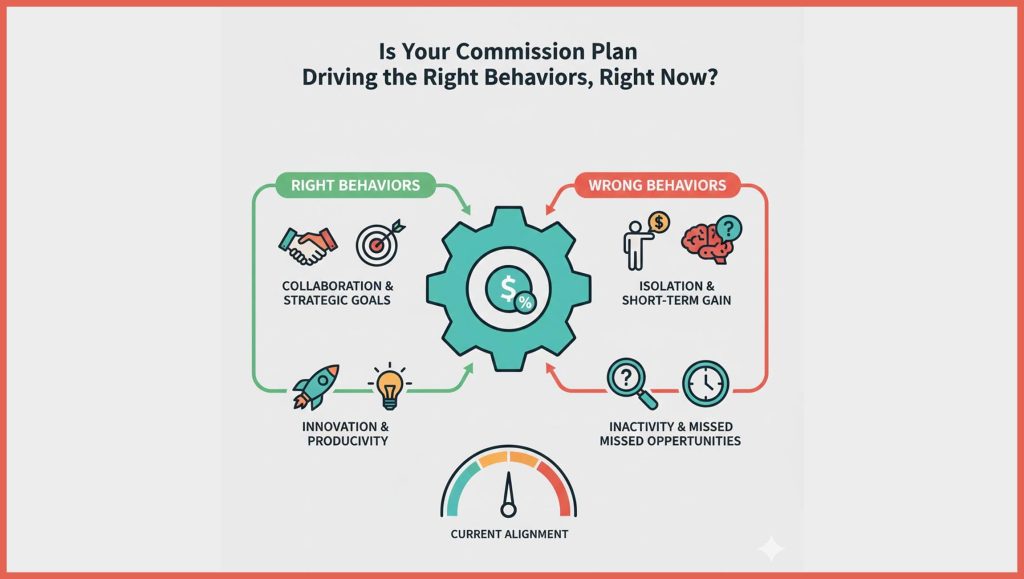The latest Horowitz Research report, State of Pay TV, OTT & SVOD, reveals that although TV content viewers are using newer streaming services, a traditional viewing technology is re-emerging
The latest data from Horowitz Research reveal that while TV content viewers in the US are experimenting with new streaming services like YouTube TV, Sling TV, and others, a traditional viewing technology is re-emerging: antennas. Horowitz’s State of Pay TV, OTT & SVOD 2019 study finds that 34% of TV content viewers are accessing over-the-air TV content via an antenna. Antenna owners are younger (40% of antenna owners are 18-34 vs. 31% of total TV content viewers) and skew male (59% vs. 49% of total TV content viewers).
Among traditional MVPD non-subscribers, 51% report owning an antenna. Antenna owners are more likely to subscribe to one of the three major SVOD services (78% subscribe to Netflix, Hulu, or Amazon Prime Video, vs. 67% of TV content viewers). Antennas are also popular in traditional MVPD subscriber households: 30% of traditional MVPD subscribers report owning an antenna.
Read More: Hootsuite Named a Leader in Sales Social Engagement Tools Report by Independent Research Firm
These data suggest that antennas are one way consumers who are eschewing traditional MVPDs for new options are filling in the live, local, and broadcast gaps in their viewing. Horowitz’s data reveals that antenna owners spend 19% of their time watching on an antenna, 44% streaming, and 32% through an MVPD, watching live, DVR, or VOD (the remaining time is with DVDs).
“Many TV viewers have long felt tied to traditional cable because of their desire to stay connected to live news and sports, along with local and national content from broadcasters,” says Stephanie Wong, Horowitz’s Director of Insights and Strategy. “With today’s stronger signals and advances in technology, along with improved design aesthetics, antennas are re-emerging as an inexpensive and practical way of accessing TV content. Further, with newer technologies that allow for DVR’ing over-the-air content, including TiVo’s Bolt OTA, Plex, and Amazon’s Fire TV Recast, viewers are finding that they can piece together their ‘cable service’ using SVOD services and over-the-air broadcasts at what they perceive to be a dramatically reduced cost. Most importantly, TV and streaming technology is improving to a point where being able to access different sources of video is no more difficult—or perhaps even easier—than navigating through a cable set top box menu.”
Read More: Mobile Is Key to Boosting Guest Experiences Say Hoteliers
Adriana Waterston, SVP of Insights and Strategy for Horowitz, adds, “Pay TV’s advantage has long been its variety of content, superior picture quality, and reliability. As the broadcast industry works to improve its standards and achieve widespread adoption of ATSC 3.0—which, according to announcements from NAB, will reach 40 markets by 2020—that advantage gap has the potential to shrink, with adoption of over-the-air viewing increasing.”
State of Pay TV, OTT & SVOD 2019 covers, among other topics:
- Services subscribed to: Traditional MVPD, SVOD, and vMVPDs;
- Profiles of key segments, including: traditional MVPD subscribers, traditional MVPD non-subscribers, vMVPD subscribers, antenna owners, MVPD subscribers by type (cable, satellite, telco), cord cutters, and cord nevers;
- Interest in vMVPDs among vMVPD non-subscribers;
- Bundling;
- Reasons for not subscribing to an MVPD.
The full report provides analysis by total TV content viewers 18+ (watch 1+ hours of TV content/day), as well as key demographic and viewer segments, including age, multichannel subscribers and non-subscribers, family households, and more. Additional analyses by Hispanic, Black, and Asian audiences will be published under separate cover.
Read More: Khoros Launches Ads Capabilities to Provide A Combined View of Paid and Organic Social Media





















